-
Welcome to Tacoma World!
You are currently viewing as a guest! To get full-access, you need to register for a FREE account.
As a registered member, you’ll be able to:- Participate in all Tacoma discussion topics
- Communicate privately with other Tacoma owners from around the world
- Post your own photos in our Members Gallery
- Access all special features of the site
The SKINNY on skinny tires
Discussion in 'Wheels & Tires' started by LadyRed, Jan 19, 2018.
Page 283 of 344
Page 283 of 344


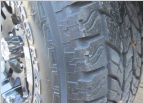 Need tire advice 2007 pre-runner P265/65R17 (highway use)
Need tire advice 2007 pre-runner P265/65R17 (highway use)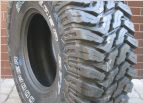 Help me choose a tire
Help me choose a tire BFG AT KO or Bridgstone Revo 2 for MPG and Snow/Ice traction
BFG AT KO or Bridgstone Revo 2 for MPG and Snow/Ice traction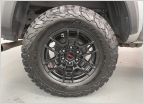 TRD Wheel Part Numbers
TRD Wheel Part Numbers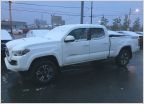 Winter Tires.
Winter Tires.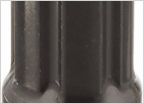 Which Lugs to Buy - RRW Wheels/3rd Gen Tacoma
Which Lugs to Buy - RRW Wheels/3rd Gen Tacoma












